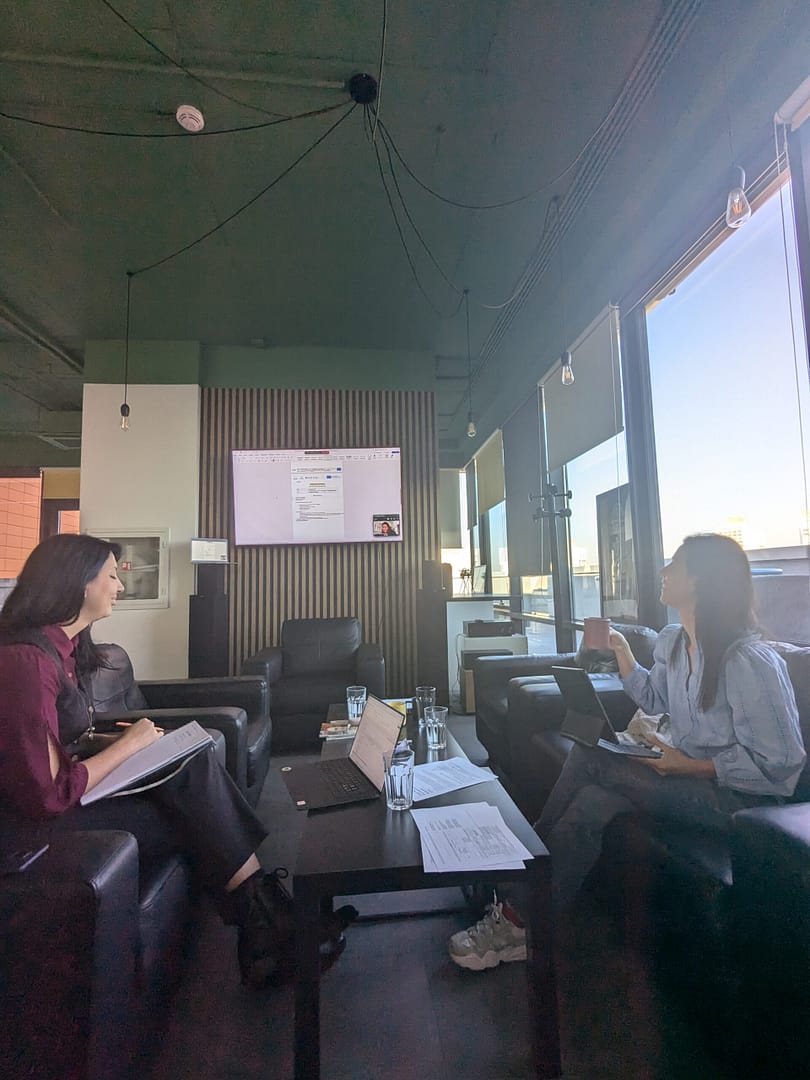Learning Outcomes:
- Participants will gain knowledge of the concept of active citizenship, of its dimensions and its connection with social issues.
- Participants will be encouraged to cooperate and be open-minded.
- Participants will be able to consider some controversial aspects of a democratic society.
Duration:
90 minutes circa (30 minutes presentation + 60 minutes for Electioneering)
Materials needed:
- Paper
- pens
- colours
- “AGREE” and “DISAGREE” signs to hang on the wall
- flipchart (or projector and laptop)
Preparation
The trainer(s) should prepare themselves on the topic of participation and prepare a presentation or a in interactive quiz for participants.
For the “Electioneering” activity, the trainer(s) should prepare two “AGREE” and “DISAGREE” signs and hang them on the opposite ends of a long wall.
Description
This session will introduce participants to the concept of active citizenship and its importance, through a short presentation given by the Trainer(s) with the help of flipchart and/or an interactive quiz.
The presentation will explore the different dimension of participation and the ways citizens can engage actively in the civic and democratic lives of their communities, whether at local, national or European level. It will also explore the connections between high/low level of participation and social issues.
After the presentation, an interactive session will be implemented through the adaptation of the Compass activity “Electioneering” to the topic of the training.
Participants will hear a statement and place themselves along a wall, according to their level of agreement with the statement.
Examples of statements:
- There’s no point in recycling.
- It is the responsibility of citizens to control the environmental policies of government.
- Climate change impacts everyone equally.
- The attacks on art by climate activist are acceptable.
The trainer(s) will call the 2 persons at the extremes (agree / do not agree) of the line to the middle of the room and ask them to present their arguments (1 minute each).
After the two presentations, the trainer(s) will ask other participants to place themselves behind the person with whom they agree the most.
The trainer(s) will then give each group 10 minutes to prepare an argument presenting their opinion and select a different speaker.
After ten minutes, the trainer(s) will call back the groups and invite the two new speakers to deliver their arguments (3 minutes each).
After having heard the arguments, supporters for one or the other side may change position and move to the opposite group if the opposite side’s arguments have been convincing.
The trainer(s) will then give each groups a further 5 minutes apart to work on their arguments and select a third speaker. Again, after the speeches, people can change position if they wish to.
The trainer(s) will then bring everyone together for the debriefing.
Debriefing
Debriefing should encourage participants to reflect on the value of a pluralist society, rather than turn into a discussion on the statement/issue itself.
To do so, the trainer(s) can guide participants by asking questions such as:
- Did you change your mind during the discussion?
- If yes, which were the arguments that convinced you?
- If not, do you think there was any purpose in talking through this issue? Is there something that might persuade you to change your views?
- Do you think that you were influenced by things other than the actual arguments that were being put forward, for example, by peer pressure, emotional language or a feeling of rivalry?
- Why do you think people hold different opinions? What should be done about this in a democratic society?
- Should all opinions be tolerated in a democracy?
- How did it feel to be represented in the discussions by someone else? How did it feel to be the spokesperson and to have to convey the opinion of your supporters?
How does it feel to be represented in political life at local and national level? Or in (participants’) organisations or associations?
Tips
Other topics besides those suggested could be used as the basis for discussion. The important thing is to select a statement that will be controversial within your group.
Keep in mind that it will take about 30 minutes to discuss one statement going through the different rounds of discussion. If you want to use more statements, you will have to allow more time accordingly.
The purpose of the activity is not only to discuss the issues themselves, but also to practise skills of communication and persuasion. Therefore, participants should be encouraged to think not only about the content and presentation of their own opinions, but also about the type or form of arguments that will be most persuasive to people on the other side. Indeed, they are aiming to draw as many people as possible into their “party”. The trainer(s) should encourage participants to use the time between “speeches” to consider the opposition’s position, and to think about ways of weakening it.
Handouts and resources
COE’s “About participatory democracy page”
CIVIL PARTICIPATION IN DECISION-MAKING TOOLKIT
OHCHR’s Participation Guidelines
The trainer(s) can use these handouts for the session or create their own, as long as the same basic concepts are included (historical overview, EU institutions, Erasmus+).
More To Explore
Co-Design Processes and Methodologies
Learning Objectives (LOs)
Mentoring methodologies and strategies
Learning Objectives (LOs)


